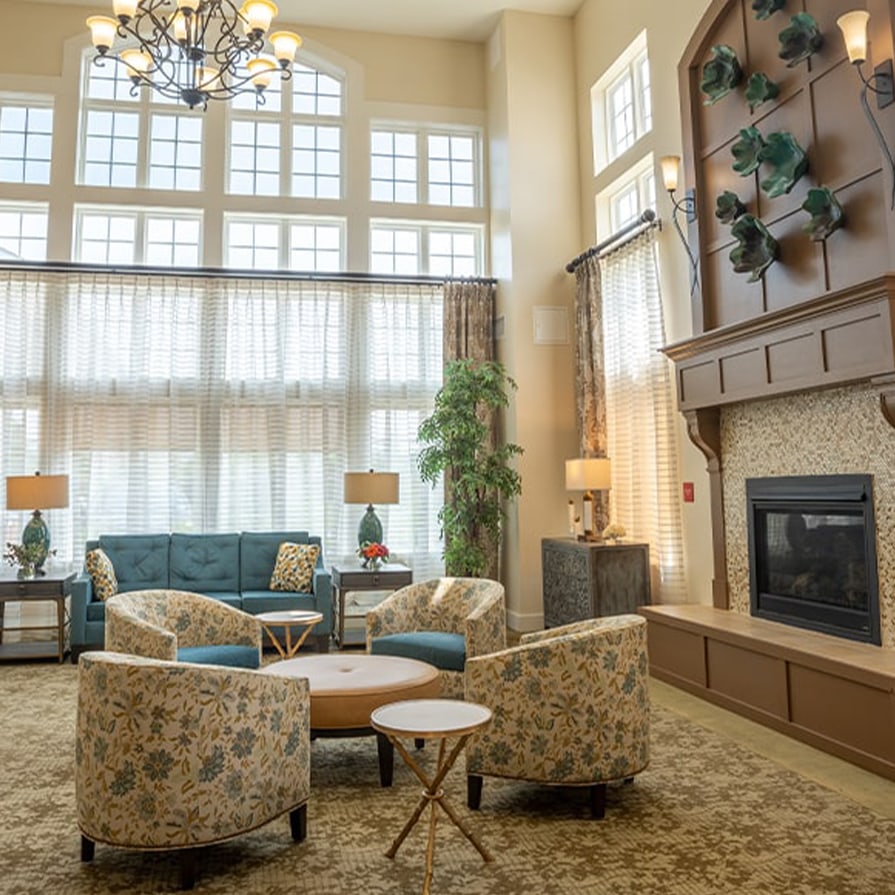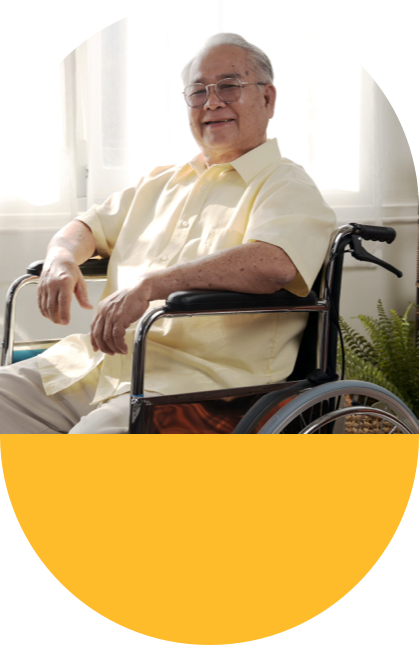As we grow older, our brain’s ability to process and store information starts to decline. This can be a natural part of living longer or due to certain health conditions such as dementia or Alzheimer’s disease.
Memory care communities are specifically designed for individuals with memory impairments and offer specialized care and support tailored to their needs. Along with providing medical care, these communities also focus on creating a safe and calming environment that can help boost memory function.
Here are some activities that can be incorporated into the daily routine in memory care communities to promote better brain health:
- Mind-stimulating activities like crossword puzzles, word games, and memory exercises
- Creative activities like painting, drawing, or crafting
- Physical activities like gentle exercises, yoga, or tai chi
- Music therapy and sing-alongs
- Gardening or horticulture therapy
- Pet therapy with trained animals
- Sensory stimulation through aromatherapy, tactile objects, or textured fabrics
- Reminiscence therapy
These activities not only help improve cognitive function but also provide a sense of purpose and enjoyment for individuals in memory care communities. They also offer opportunities for social interaction and can help reduce feelings of loneliness or isolation.
What Are Activities to Boost Memory?
Mind-Stimulating Activities
Engaging in activities that stimulate the mind can help improve memory and cognitive function. These can include:
- Crossword puzzles, Sudoku, and other word games
- Memory exercises like repeating a list of items or matching pictures with words
- Reading books or newspapers aloud and discussing them
- Learning a new skill or language
These activities can help keep the brain active and challenged, which is essential for maintaining memory function. They also offer opportunities for individuals to learn and experience new things, which can boost mood and overall well-being.
Creative Activities
Participating in creative activities can help individuals express themselves and tap into their creativity. This can include:
- Painting, drawing, or other forms of art
- Crafting with materials like clay or fabric
- Writing stories or poetry
These activities not only provide a sense of accomplishment but also offer a therapeutic outlet for emotions and thoughts. They can also help individuals connect with their past interests and talents, which can be especially meaningful for those with memory loss.
Physical Activities
Physical activities can also play a crucial role in promoting memory and cognitive function. Regular exercise has been shown to improve blood flow to the brain, which can enhance memory and thinking abilities. Physical activities for individuals in memory care communities can include:
- Walking or light jogging
- Yoga or tai chi
- Dancing
- Gardening
These activities not only benefit the mind but also promote physical well-being and can be adapted to individual needs and abilities.
Music Therapy & Sing-Alongs
Music has a powerful effect on memory and can evoke strong emotions and memories. Music therapy is often used in memory care to help individuals with dementia recall past experiences and emotions. Singing along to familiar songs can also provide a sense of comfort and enjoyment, making it a popular activity in memory care communities.
Gardening or Horticulture Therapy
Working with plants and nature has been found to have positive effects on mental health and well-being. Gardening or horticulture therapy can provide a sense of purpose, responsibility, and accomplishment for individuals in memory care. It also allows them to connect with the natural world and engage their senses.
Pet Therapy
Interacting with animals has been shown to reduce stress, anxiety, and loneliness. In memory care, pet therapy can involve regularly scheduled visits from trained therapy animals or having pets on-site for residents to interact with. This can provide comfort and companionship for individuals in memory care communities.
Sensory Stimulating Activities
Sensory stimulating activities can help individuals with dementia engage their senses and promote brain activity. This can include activities such as aromatherapy, tactile stimulation through different textures, or visual stimulation through art or nature scenes.
Reminiscence Therapy
Reminiscence therapy involves reminiscing about past experiences and can be a powerful tool for individuals with dementia. It allows them to recall and share memories, engage in meaningful conversations, and provide a sense of validation and connection. This can be done through activities such as looking at photo albums, listening to music from their past, or sharing stories.
Other Ways to Create a Safe, Calming Environment in Memory Care
In addition to incorporating memory-boosting activities into the daily routine, there are other ways to create a safe and calming environment in memory care communities:
- Natural lighting and outdoor spaces: Exposure to natural light has been shown to improve mood and sleep patterns. Providing access to outdoor spaces like gardens or courtyards can also offer a calming and stimulating environment for residents.
- Color schemes: Using calming colors such as blues, greens, and pastels can help create a peaceful atmosphere. It’s important to avoid using bright or contrasting colors that may cause confusion or agitation.
- Familiar objects and personal mementos: Displaying familiar objects and personal mementos in the living spaces of individuals with dementia can help create a sense of familiarity and comfort.
- Safety precautions: It’s important to ensure that the living space is safe for individuals with dementia, such as removing trip hazards, labeling cabinets and drawers, and installing handrails in bathrooms.
- Flexibility and individualized care: Memory care communities need to have a flexible approach to care, as each individual with dementia may have different needs and preferences. This can include providing options for activities, meals, and sleep schedules.
Safe & Nurturing Memory Care Community for Individuals with Dementia
At Juniper Senior Living, we understand the importance of creating a safe and calming environment for individuals with dementia. That’s why our memory care communities are designed to provide a nurturing and engaging atmosphere for our residents. Our dedicated team members are trained in memory care techniques and strive to create personalized experiences for each resident. Through our person-centered approach, we aim to enhance the quality of life for those living with dementia.Reach out to us and learn more about our memory care communities, where we prioritize the well-being and happiness of our residents. We’ll be happy to provide a personal tour of one of our memory care communities and answer any questions you may have.







